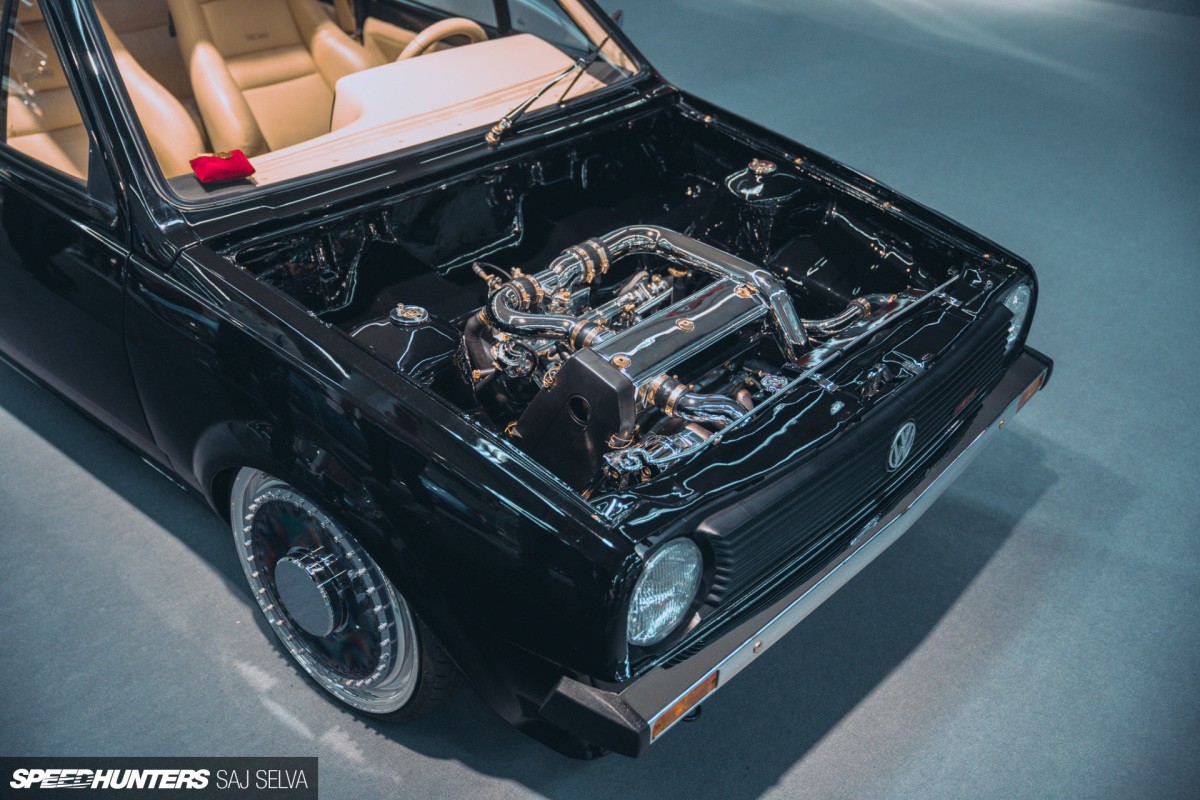German car tuning is known for its understated elegance and focus on performance. This style, often referred to as “Euro” tuning, originated in Germany due to strict regulations and TÜV certification requirements. This article explores the evolution of German Style Car Tuning, from its old-school roots to the modern interpretations seen today.
The strict Polizei presence and stringent TÜV regulations have shaped the German tuning scene, pushing enthusiasts towards subtle modifications that enhance performance without attracting unwanted attention. While large tuning companies have the resources to navigate TÜV certification, individual enthusiasts have developed a unique approach to personalization.
The Roots of German Style Tuning
The foundation of German style tuning lies in maintaining a clean and functional aesthetic. Lowered ride heights, often achieved with static suspension, and aggressively fitted wheels are hallmarks of this style. These modifications give the car a sporty stance while retaining a sense of originality.
Early examples of German tuning often featured popular models like the Volkswagen Golf, BMW E21, Opel Manta, and Porsche 914. These cars were modified with subtle body kits, performance upgrades, and a focus on quality over flashy aesthetics. The emphasis was on enhancing the car’s driving experience rather than dramatically altering its appearance.
Old School Meets Modern Technology
While some purists adhere to the traditional static lowered suspension, modern German tuning often incorporates air suspension. This allows for a comfortable ride height while cruising and an aggressive stance when parked. The use of air suspension demonstrates how German tuners blend classic styling with modern technology.
An example of this blend is a bagged Audi Ur-Quattro on BBS wheels. While purists might object to modifying a rally icon, the modern air suspension provides superior ride quality and adjustability compared to the original 30-year-old components.
The Evolution of Wheel Choices
Wheels play a crucial role in German style tuning. Classic three-piece BBS wheels are a popular choice, often customized with polished lips and unique finishes. Modern interpretations see OEM wheels re-imagined as custom split rims, echoing classic designs while incorporating modern manufacturing techniques. The W126 Mercedes-Benz 560 SEC with custom split rims made from OEM S600 Segin wheels exemplifies this approach.
The use of carbon fiber is also becoming more prevalent in modern German tuning, but it’s often applied with restraint. Subtle accents, such as mirror caps, grilles, and interior trim pieces, are crafted from carbon fiber to add a touch of modern sportiness without overwhelming the car’s classic lines.
Beyond the Surface: Performance and Personalization
German tuning extends beyond aesthetics. Engine swaps, performance exhaust systems, and upgraded brakes are common modifications. The Opel Ascona with a C20LET engine swap showcased at the Essen Motor Show demonstrates the commitment to performance that underlies German tuning philosophy. Even with subtle exterior modifications, significant performance enhancements are often hidden beneath the surface.
Ultimately, German style car tuning is about individual expression within a framework of subtle elegance and performance. It’s a testament to the passion and ingenuity of enthusiasts who find creative ways to personalize their cars while respecting the heritage of German engineering. The attention to detail, quality craftsmanship, and focus on driving experience make German style tuning a unique and enduring trend in the automotive world. From meticulously maintained classics to modern interpretations with subtle carbon fiber accents and air suspension, German tuning continues to evolve while staying true to its core principles.

